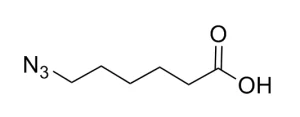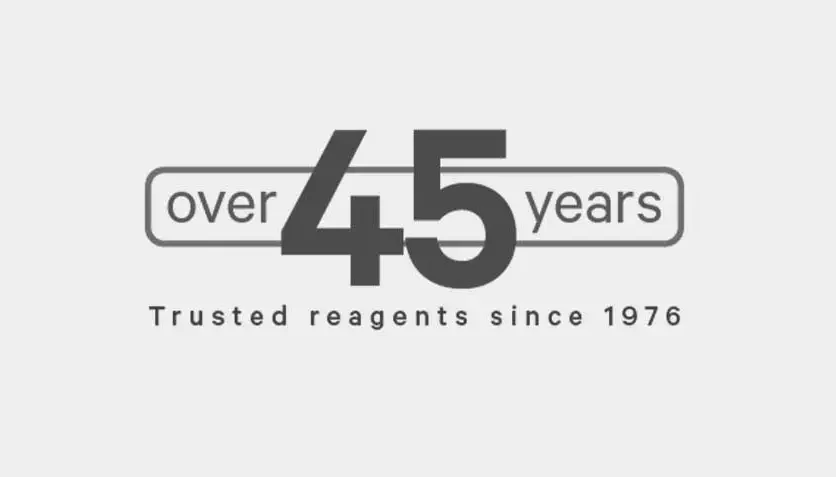Vector Laboratories is closed for the President’s Day on Monday, February 19th. We will be back in the office on Tuesday, February 20th.
We will respond to emails upon our return. Have a wonderful day.
Menu
Vector Laboratories is closed for the President’s Day on Monday, February 19th. We will be back in the office on Tuesday, February 20th.
We will respond to emails upon our return. Have a wonderful day.
Azido-dPEG®36-OH (Azido-dPEG®36-alcohol), product number QBD-10544, is a click chemistry reagent used to modify surfaces and biomolecules or to crosslink with other surfaces or biomolecules in supramolecular construction. This product consists of an azide and a terminal hydroxy group separated by a long (108 atoms), single molecular weight, discrete-length polyethylene glycol (dPEG®) chain. The terminal azide reacts in copper(I)-catalyzed, ruthenium-catalyzed, and strain-promoted azide-alkyne cycloaddition reactions (CuAAC, RuAAC, and SPAAC, respectively). If left unmodified, the alcohol group increases the water solubility and hydrodynamic volume of molecules and surfaces to which it is conjugated. Modifying the alcohol with a reactive group such as chloride, tosylate, or mesylate allows Azido-dPEG®36-OH to function as a crosslinker through subsequent chemical manipulations.
As a click chemistry reagent, azido-dPEG®36-OH can participate in CuAAC, RuAAC, and SPAAC reactions. Because Vector Laboratories’ dPEG® products are amphiphilic, these reactions can occur almost equally well in water or organic solvents. The primary alcohol group on the opposite end of the linker can be used as a neutrally charged functional group. In this function, the alcohol enhances the water solubility of the conjugate molecule. Alternatively, the alcohol group can be functionalized with reactive groups and used to modify the conjugate further. Thus, azido-dPEG®36-OH can be used in conjugations with biomolecules where organic solvents may damage the conjugate target. This product was published in a 2014 paper demonstrating high-throughput modifications of siRNA via CuAAC.
| Unit Size | 100mg, 1000mg |
|---|---|
| Molecular Weight | 1628.92; single compound |
| Chemical formula | C₇₂H₁₄₅N₃O₃₆ |
| CAS | 73342-16-2 |
| Purity | > 97% |
| Spacers | dPEG® Spacer is 108 atoms and 129.7 Å |
| Shipping | Ambient |
| Typical solubility properties (for additional information contact Customer Support) | Methylene chloride, Acetonitrile, DMAC, DMSO or water. |
| Storage and handling | -20°C; Always let come to room temperature before opening; be careful to limit exposure to moisture and restore under an inert atmosphere; stock solutions can be prepared with dry solvent and kept for several days (freeze when not in use). dPEG® pegylation compounds are generally hygroscopic and should be treated as such. This will be less noticeable with liquids, but the solids will become tacky and difficult to manipulate, if care is not taken to minimize air exposure. |
Greg T. Hermanson, Bioconjugate Techniques, 3rd Edition, Elsevier, Waltham, MA 02451, 2013, ISBN 978-0-12-382239-0; See Chapter 18, Discrete PEG Reagents, pp. 787-821, for a full overview of the dPEG® products.
Application of Multivalent Interactions for Recognition Imaging and Delivery of Therapeutics. Saikat Manna. August 2016.
Applicable patents and legal notices are available at legal notices.




Stay in the Loop. Join Our Online Community
Together we breakthroughTM

©Vector Laboratories, Inc. 2024 All Rights Reserved.
How do I Request a Quote?
To request a quote for products: